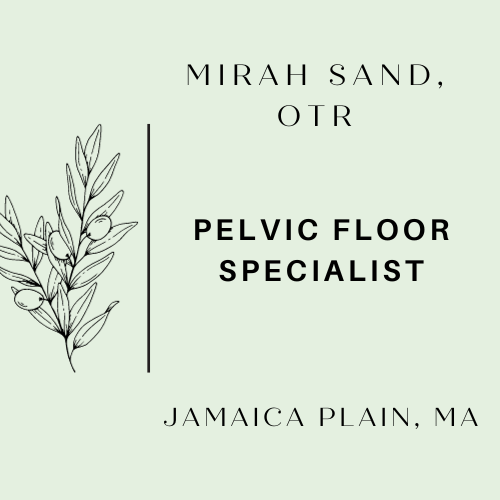A pain in the butt
Did you know as embryos, we briefly have tails? Around the 8th week of intrauterine life, the tail disappears. We’re left with a tailbone or coccyx, consisting of 3-5 vertebral segments, sitting below the sacrum at the very end of our spine. The coccyx is integral to the pelvic floor, and vice versa, because some of our pelvic floor musculature attach to the coccyx. Because of these attachment sites, trauma to the tailbone can cause referred pain to other parts of the pelvic floor. And a tight or hypertonic pelvic floor can make it difficult for a coccyx injury to heal.
Coccydynia, or tailbone pain, can occur for a variety of reasons. Difficult childbirth, especially forceps delivery, seems to have higher associations with coccydynia¹. Direct trauma to the coccyx (someone needs to do a study on coccydynia and roller derby players) can also be a common cause. Sitting slumped while feeding your child can also put pressure on your coccyx, exacerbating any pain you might have from the birthing process.
The prevalence of coccydynia, or tailbone pain, is unknown, although it seems to be more common in AFAB (Assigned Female at Birth) than AMAB (Assigned Male at Birth) people, most likely due to birth injuries. The good news is that conservative treatment, including pelvic floor therapy, can be successful in treating up to 90% of cases².
How do you know if you have tailbone pain? You may experience discomfort or pain with prolonged sitting or standing–especially if you are feeding a little one or sitting at work. People with coccydynia commonly experience pain when moving from sitting to standing. Finding the right chair might feel like a nuisance for you: hard chairs are too hard, soft chairs are too soft. It’s challenging to find that “just right” fit.
Pelvic floor physical therapy or occupational therapy can help. Through a combination of postural retraining, manual therapy techniques, breath and pelvic floor coordination, and learning to optimize your core functioning and stability, a pelvic floor OT or PT can support you with alleviating tailbone pain. We can help you strategize about proper adaptive cushioning (don’t use a donut!) and managing constipation. In the meantime, limit your time sitting, stay hydrated, and call us to set up an appointment today.
